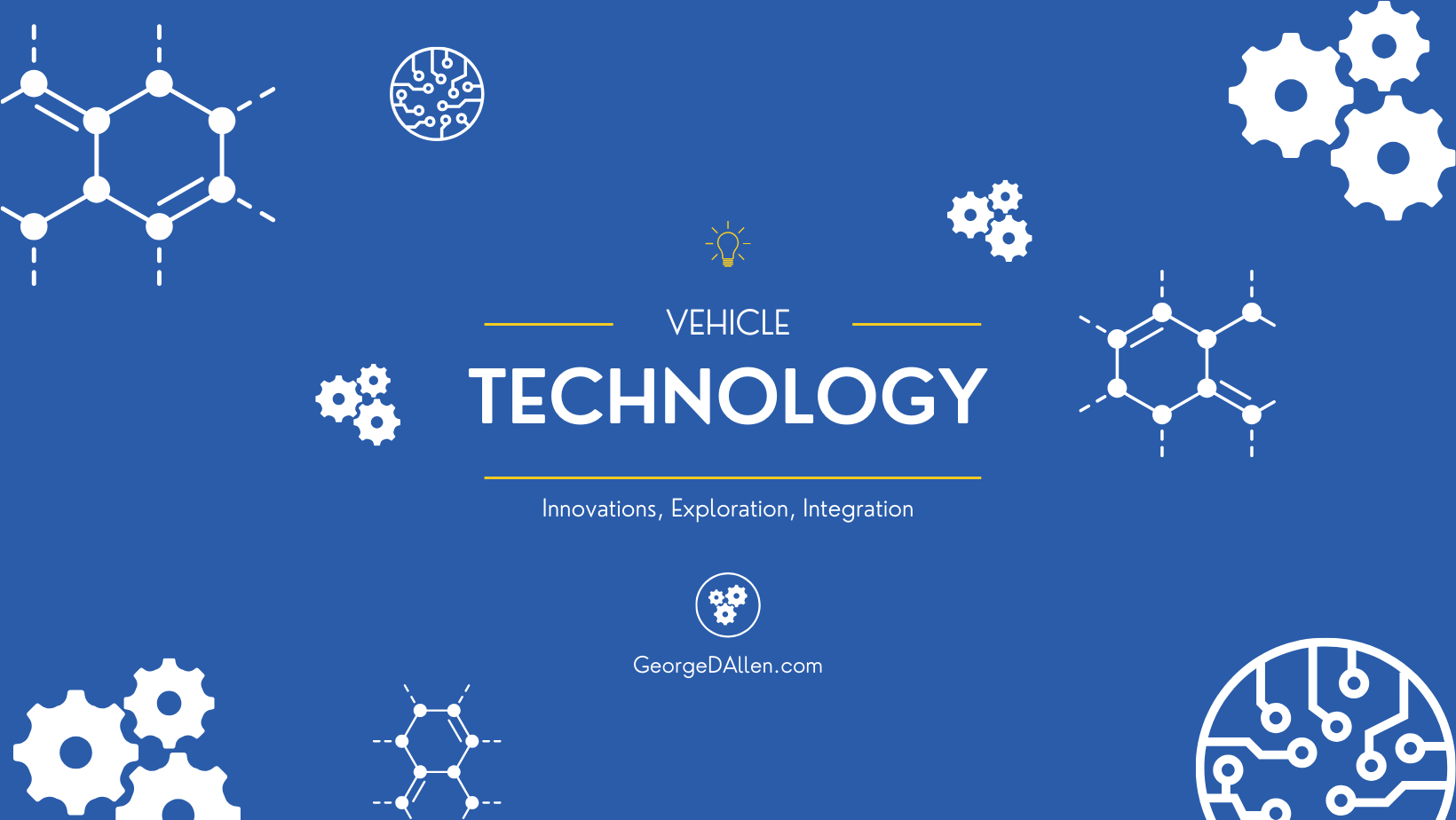New Vehicle Recall Analysis: Waymo Robotaxi Investigation

New Vehicle Recall Analysis: Waymo Robotaxi Investigation
Excerpt from Applied Philosophy III – Usecases (Systemic Failures Series)
Vehicle Recall Analysis: When Software Forgets the Street
Generally, Vehicle Recall Analysis no longer concerns only hardware—it now investigates behavior.
In October 2025, federal regulators opened an inquiry into Waymo’s autonomous fleet after multiple Robotaxi vehicles reportedly passed stopped school buses with flashing red lights.
In essence, no component malfunctioned; no sensor failed.
Moreover, each vehicle made the same lawful but unsafe decision—proceeding through what the software interpreted as a “stationary obstacle.”
However, the incident was not a glitch. It was a systems-engineering failure: an unverified scenario hidden outside the Library of Usecases that defined the vehicle’s operational logic.
Hence, where human drivers learn context, the machine had none.
Requirements Without Situational Comprehension - Vehicle Recall Analysis
Waymo’s perception and planning stack followed a conventional design philosophy: each module owned its own requirements.
The perception module’s task—detect and classify objects—was mathematically complete.
The motion planner’s task—yield to pedestrians and moving vehicles—was equally precise.
But the high-level requirement that bridges both—respond correctly to temporary legal prohibitions such as school-bus stop signals—was never decomposed.
In systems terms, the Usecase boundary was missing.
The requirement existed in law and human expectation but not in the model.
Without an explicit Usecase describing “school-bus stop with flashing red lights and extended arm,” there was no behavioral rule to invoke.
The AI behaved exactly as designed—and precisely as undesired.
Verification Without Realism
Verification simulations replayed millions of miles of traffic scenarios.
However, the dataset emphasized kinematics (relative motion, speed, distance) rather than semantics (intent, authority, and temporary control).
Each simulation was built from statistically likely traffic configurations, not from legally rare but safety-critical exceptions.
This exposed the core weakness of traditional validation metrics: coverage by frequency, not consequence.
Without a structured Library of Usecases weighted by severity, the verification loop cannot distinguish between a probable event and a decisive one.
In this case, a one-in-a-million scenario carried a one-in-one ethical obligation.
The missing Usecase family—vehicles with dynamic right-of-way changes—should have been explicit in the verification plan.
Instead, the absence of that definition rendered millions of simulations epistemically incomplete.
Test Coverage Without Purpose - Vehicle Recall Analysis
Each subsystem in Waymo’s architecture was individually “tested to requirement.”
Cameras verified pixel classification; radar verified range accuracy; LIDAR verified point-cloud stability.
Yet none of those tests asked the question: What must be proven for the vehicle to act lawfully and ethically?
Finite verification begins when tests are aligned to Usecases, not to modules.
Only then can engineers measure sufficiency—the point at which additional testing no longer yields new knowledge.
In this investigation, testing pursued quantity instead of closure.
The algorithm passed every benchmark but failed reality because the benchmarks were not derived from comprehension.
Supplier Integration and Data Partitioning
Autonomous platforms like Waymo depend on a complex supplier ecosystem: sensor manufacturers, AI model vendors, and simulation-tool providers.
Each validated its deliverables in isolation under proprietary frameworks.
When data passed between them, contextual meaning often collapsed.
A perception vendor might flag an object as Bus, while the planner interpreted Bus generically—omitting the school-bus subclass carrying unique behavioral rules.
No single entity owned the integrity of that semantic interface.
The OEM’s integration plan traced data flow but not Usecase alignment.
Without a shared Library of Usecases across suppliers, the system lost its unified sense of truth.
Integration became arithmetic rather than logic.
Root Cause – Absence of the Finite Library
Every failure mode identified by investigators points to one absence: the finite, verifiable Library of Usecases.
The robotaxi’s world model was statistically vast but epistemologically hollow.
It knew many patterns, yet few meanings.
A proper Usecase hierarchy would have described:
- Principal Usecase: static object imposing legal control (school bus, construction flagger).
- Iterative Factors: light condition, time of day, arm extension state, road geometry.
- Family of Usecases: every permutation within defined boundaries, from direct visibility to partial occlusion.
Verification through this library would have forced both data collection and simulation to include these states, producing measurable completeness rather than endless variation.
AI as a Verification Partner
Ironically, the very technology that erred could also prevent such errors.
AI-driven Usecase management tools can mine recorded fleet data to discover missing scenarios—detecting when behavior diverges from unmodeled conditions.
By quantifying “unknowns,” AI converts raw operational chaos into finite, traceable gaps.
This is where machine learning and Systems Engineering converge:
AI explores; Systems Engineering bounds.
Together they turn infinite real-world variability into a closed, verifiable knowledge domain.
Functional Safety and Ethical Verification
Unlike hardware recalls, this investigation belongs to the realm of functional ethics—verifying not only performance but responsibility.
ISO 26262 and SOTIF frameworks define how to prevent harm from design faults, but not from uncomprehended intent.
Furthermore, the Waymo case demonstrates that ethical assurance must evolve from failure prevention to meaning verification: ensuring that system behavior aligns with societal expectation in every defined Usecase.
Finite development, therefore, is not a limitation—it is the ethical prerequisite for autonomy.
Key Takeaway - Vehicle Recall Analysis
In conclusion, Vehicle Recall Analysis of the Waymo Robotaxi investigation proves that software-defined systems fail not through code defects but through comprehension gaps.
Therefore, every unmodeled scenario is an invisible boundary between logic and reality.
Therefore, a disciplined and structured Library of Usecases—shared across AI, simulation, and supplier networks—transforms those boundaries into finite, verifiable knowledge.
Finally, in the language of Applied Philosophy III – Usecases, truth in engineering is never assumed; it is modeled, executed, and proven.
(© 2025 George D. Allen — Excerpt and commentary from “Applied Philosophy III – Usecases.”)
References:
- https://georgedallen.com/new-engineering-ethics-fundamentals-of-product-development/
- https://georgedallen.com/objectivist-philosophy-in-new-engineering-ethics/
- https://www.cnbc.com/2025/10/22/gm-tech-google-ai.html
- https://news.gm.com/home.detail.html/Pages/news/us/en/2025/oct/1022-AI-GM-launch-eyes-off-driving-conversational-AI.html
About George D. Allen Consulting:
George D. Allen Consulting is a pioneering force in driving engineering excellence and innovation within the automotive industry. Led by George D. Allen, a seasoned engineering specialist with an illustrious background in occupant safety and systems development, the company is committed to revolutionizing engineering practices for businesses on the cusp of automotive technology. With a proven track record, tailored solutions, and an unwavering commitment to staying ahead of industry trends, George D. Allen Consulting partners with organizations to create a safer, smarter, and more innovative future. For more information, visit www.GeorgeDAllen.com.
Contact:
Website: www.GeorgeDAllen.com
Email: inquiry@GeorgeDAllen.com
Phone: 248-509-4188
Unlock your engineering potential today. Connect with us for a consultation.

